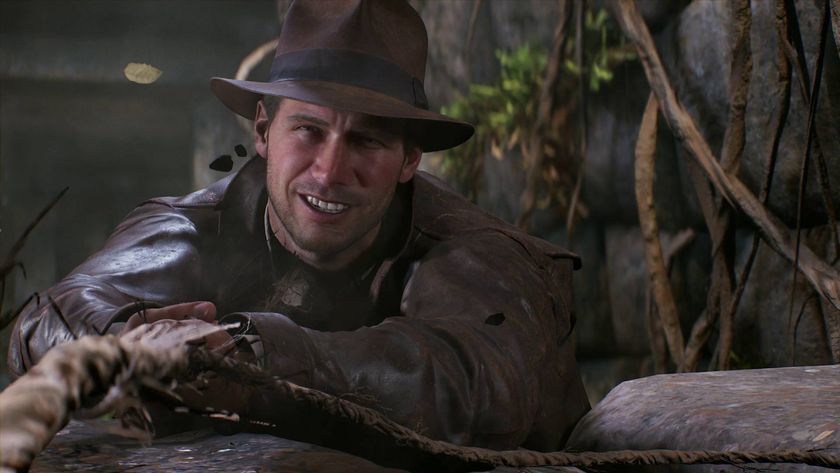Martha is Dead is an interesting 1940's psychological horror experiment I've yet to make my mind up on
This adventurous Giallo infused tale feels like Experimental Cinema: The Video Game
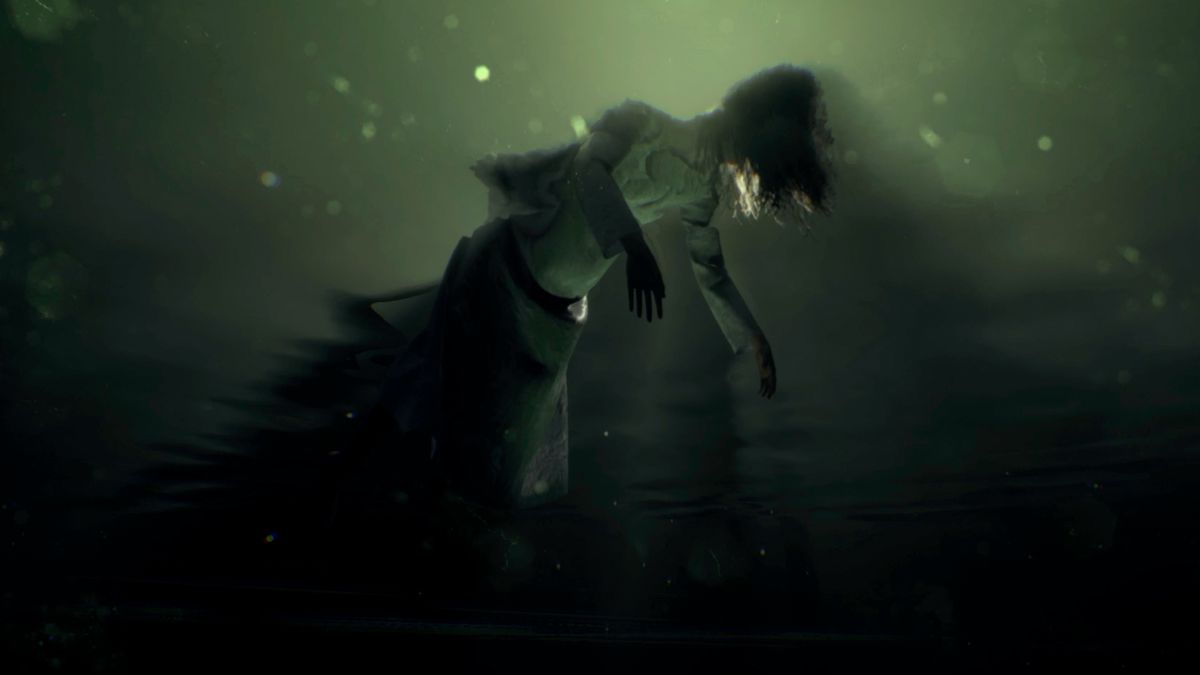
I don't think I've played anything that's quite as hot a mess of stuff happening as Martha Is Dead in a long while. After two hours playing the game's opening, I feel like I need more time to digest everything this psychological horror game tries to do. There are long, text heavy plot expositions, or strange first person endless runner forest sections where you spell out story points by chasing words through the trees. Then there are dreamily, surreal, heavily metaphorical cutscenes inspired by the Italian horror style of Dario Argento and Giallo films. And, sometimes, you get to play a bit of the game. Which is ostensibly a walking sim set in Italy at the close of the Second World War as a family deals with the death of a daughter who drowned in a lake.
I… I think I like it. I think? It's honestly hard to tell this point. The first couple of hours felt like they were working so incredibly hard to push the story into my face and I can't quite tell if all the game will be like that. Or whether it'll calm down a little once it's set all its pieces on the board and left me some space to play with them. I got the sense that, after the crowded assault of information in the opening (so much text), the game was developing into a slower burn as it expanded into larger space outside the house to explore and unravel the story.
ONCE. UPON. A. TIME.
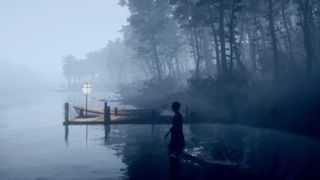
Even then, however, it feels like the developer doesn't really trust the player too much to leave them alone. It's clear that the creative minds behind the story really want you to understand it. No I mean really understand it. The opening 20 minutes set up the tragic drowning and then leads into the sister and family trying to deal with the funeral and grief that follows. In all this you aren't actually able to do much more than tangentially interact with the game as you watch cutscenes and read text. The game dips regularly into diary pages and black screens full of words where the female character narrates a small novella of thoughts and feelings to flesh out the events. It feels like the narrative is desperate to clarify every little nuance and meaning, but in doing so leaves little for player interpretation.
This whole almost visual novel style opening culminates in what feels like a test, where you're plunged into a strange running section through a spooky forest. You're only able to steer left or right through branching paths as you avoid obstacles and search out words hanging in the air that eventually spell out a sentence that summarises the events thus far. Get it wrong and it loops repeatedly until you finally get the right answer. It's definitely an evocative and atmospheric way of conveying a mind in turmoil but also, what? Another moment has you taking a photograph, and then running to the lake via stilted button presses and quick time event prompts. Not quite cutscene, not quite gameplay.
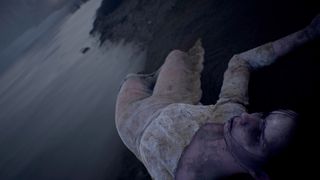
In fact I wasn't entirely sure you could even 'play' Martha is Dead in the traditional sense until a good 30 minutes in. There was so much talking, cutscene and button pushing progression that a brief early moment where you took control of the lead character to light some candles felt more like a concession than anything else. However, once the story has been very painstakingly set out and enunciated, it does finally settle into more of a player controlled rhythm.
A core part of the game appears to revolve around photography with a lovely boxy 1940s style camera. While I really only dipped into this mechanic (mainly photographing a sparrow, and the dead girl in her casket as tutorials), the presence of things like infrared film, close up macro lenses, flashes and special filters implies there could be an interesting investigative element at play here. You have a dark room where you can develop your pictures which suggests great potential for examining clues you might find - the closing moments of my hands on involved checking a series of timed cameras to get pictures that might help explain the drowning. While at the same time snapping a strange scrap of fabric tied to a wall that had 'clue' written all over it. That said, while photography is one of the most interesting elements here, I wonder if you'll be free to explore it. Or, like the story, will your hand be guided at key points to make sure you do what's wanted of you.
Ghost story
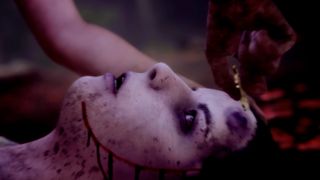
What I can't tell at the moment, based on a few hours playing, is just how well Martha is Dead's eclectic mix of ideas will ultimately gel. The horror elements are somehow incredibly dark and symbolically grim without really being scary. There's more meaning than menace as faces are peeled off and worn, or corpse babies crawl out of rotting bodies. These moments are disturbing but delivered in a separated, distanced way through surreal cutscene segues, leaving you removed as a passive observer. The one moment where there is an actual gameplay scare - a ghostly encounter on a dark forest path - is needlessly diluted by the ghost appearing multiple times before its final BOO. There's a brief teasing glimpse that feels initially portentous, followed by a longer more awkward encounter where it felt more like I was the one catching the spirit by surprise as it moved out of view with an almost embarrassed shuffle. When the big scare finally came we were basically old friends and the slow, drawn out 'reveal' lacked punch.
Sign up to the 12DOVE Newsletter
Weekly digests, tales from the communities you love, and more
Despite all the questions I have about why any of Martha is Dead is like it is, I'm curious to see more. There's definitely an interesting story to unravel as you uncover more about the family's history and events prior to the accident. One throw-away line reveals that the Italian father is a German general which instantly changes all my expectations of what appears to be an otherwise idyllic rural Italian house at the close of the war. There is, however, a pervading sense that the creative minds behind it are overly protective of this story, standing over you a lot of the time to make sure you 'get' it. But there's also an experimental air to many of its moments that makes me think my initial uncertainty is as much unfamiliarity with what it's trying to do as anything else. How this odd mix of ideas and storytelling play out over the full run is something that I'm really curious about seeing develop. My short encounter exposed - but didn't acclimatise me - to its unusual mix of text heavy moments, interactive cutscenes, and gentle exploratory gameplay, and left me interested to see how it all plays out over a longer time frame.

I'm GamesRadar's Managing Editor for guides, which means I run GamesRadar's guides and tips content. I also write reviews, previews and features, largely about horror, action adventure, FPS and open world games. I previously worked on Kotaku, and the Official PlayStation Magazine and website.
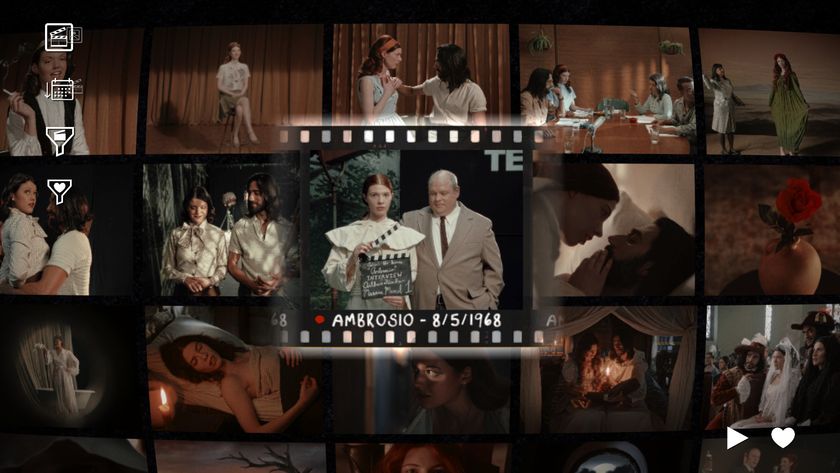
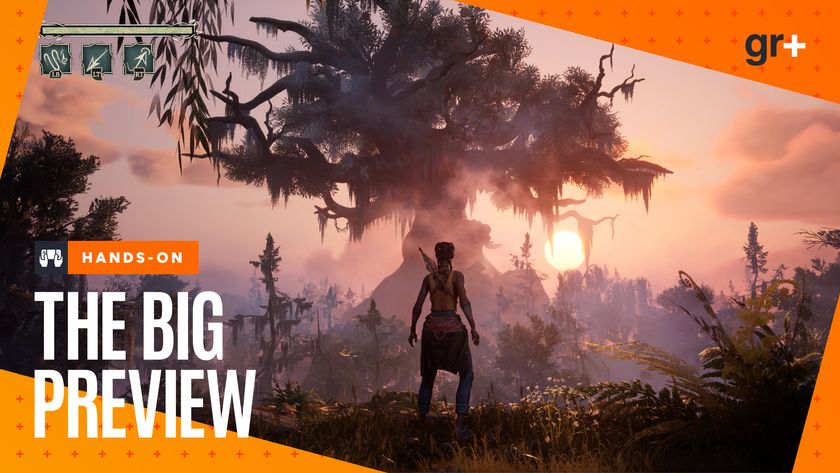
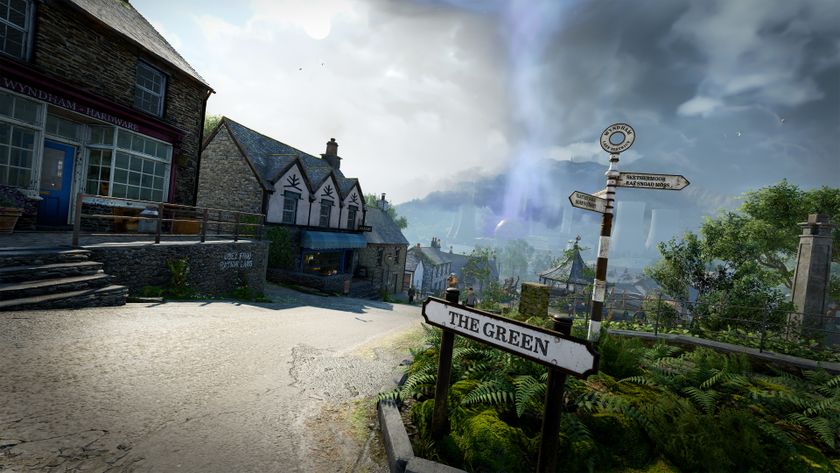
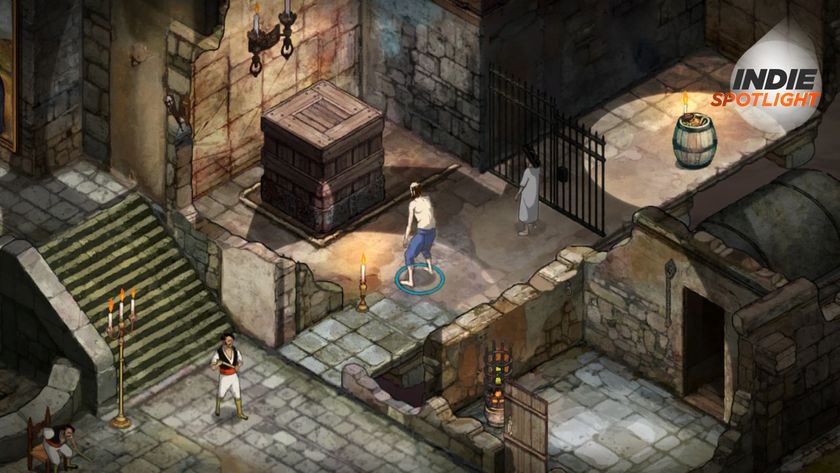
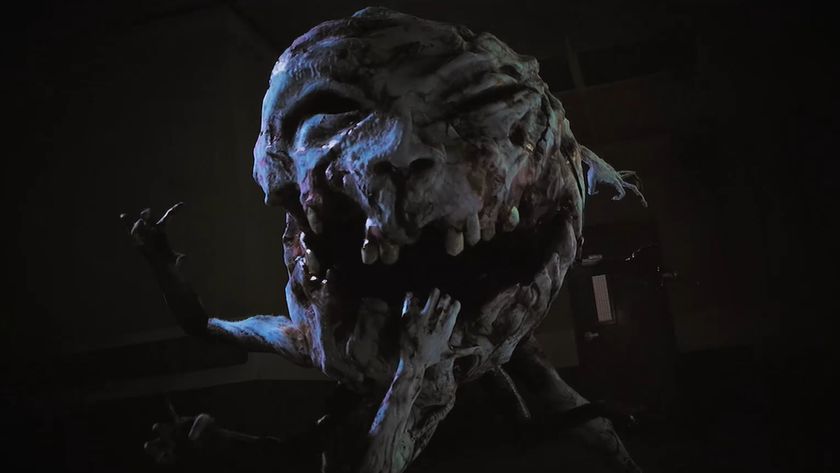
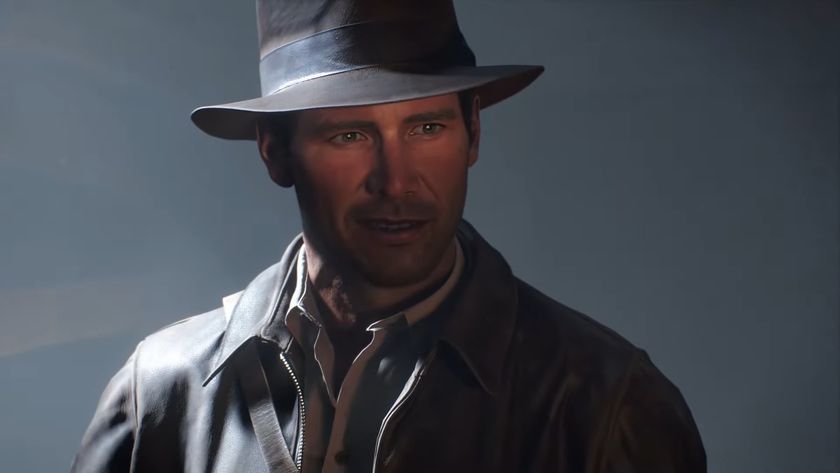
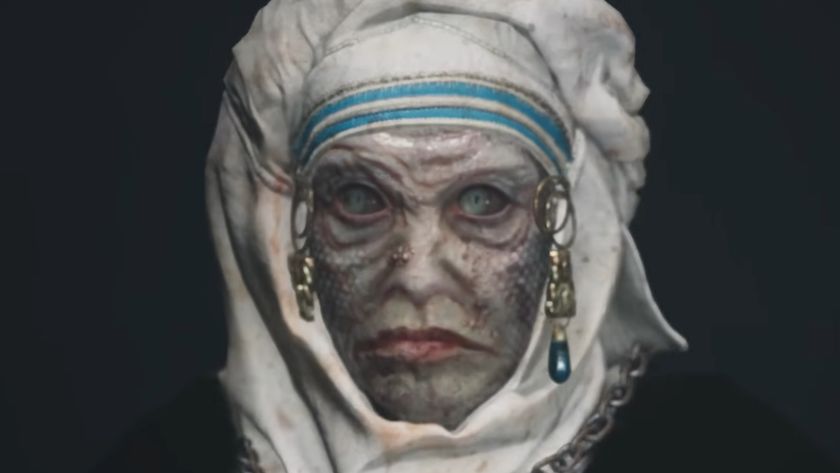
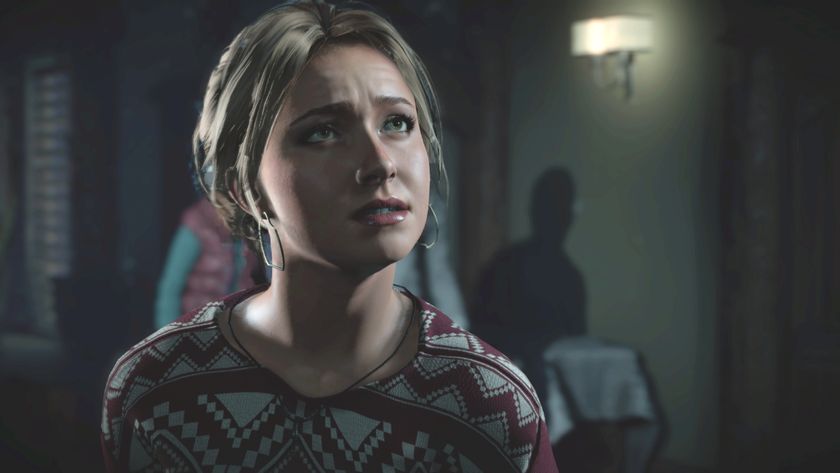
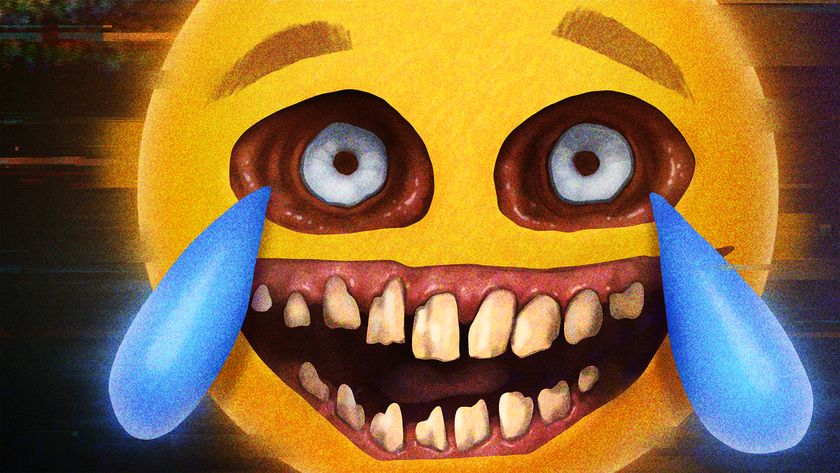
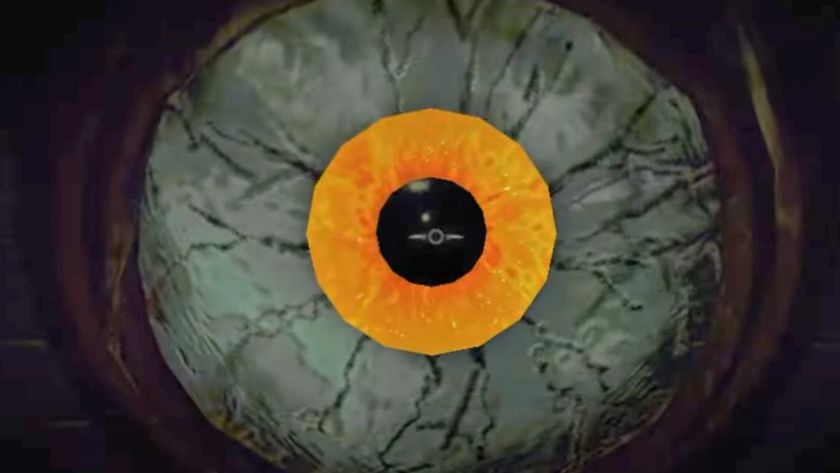
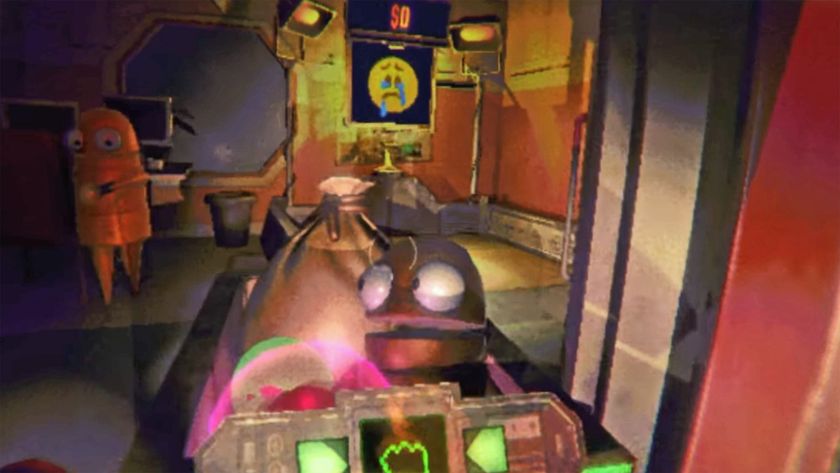
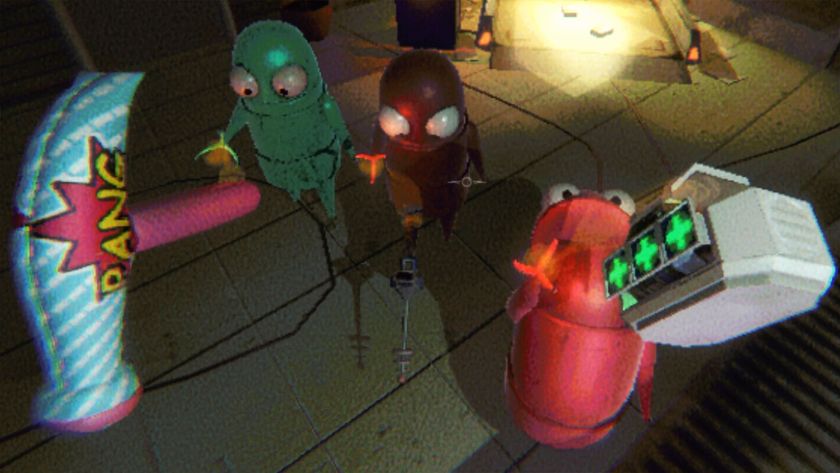







After a years-long battle with its publisher, Ukraine-based studio reveals first gameplay footage of survival horror sequel The Sinking City 2, launches Kickstarter, and hits $100,000 goal in hours

Until Dawn Remake developer “effectively closed” following an unannounced wave of layoffs hitting the company
